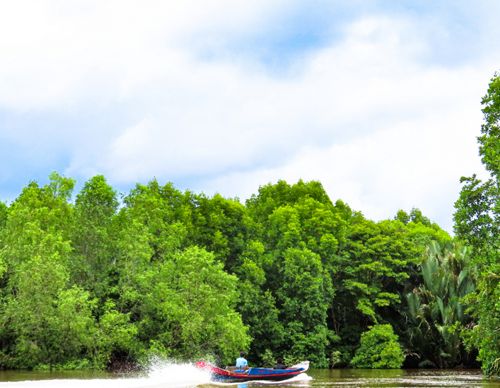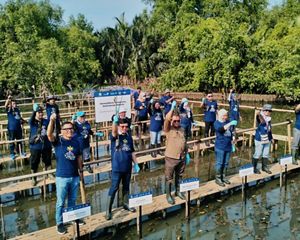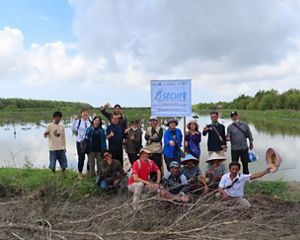MERA
Mangrove Ecosystem Restoration Alliance
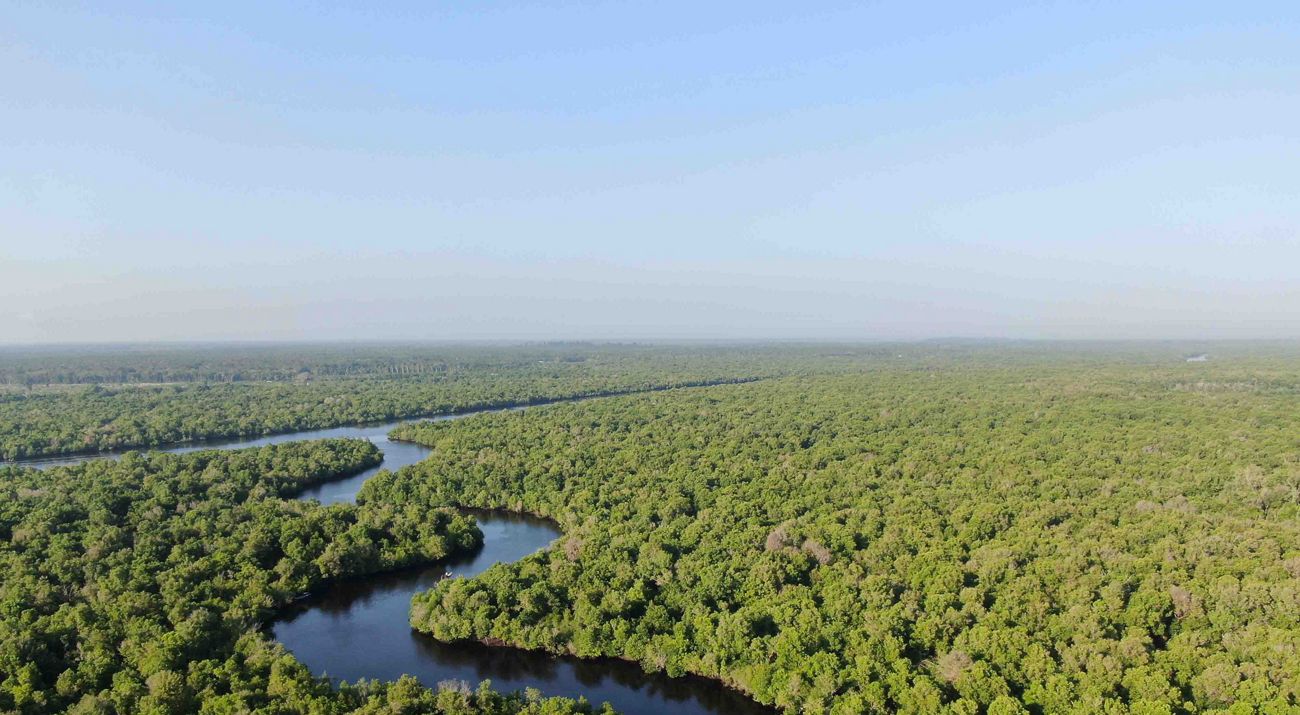
What is MERA?
Collaborative action is the key to successful mangrove preservation. MERA is a multi-stakeholder platform for realizing sustainable protection and management of mangrove ecosystems in Indonesia.
MERA’s partnership approach enables the integration of mangrove ecosystem governance at the village, regency, and provincial levels, ensuring mangrove protection and management policies can synergistically and avoid overlap.
Why Alliance?
-

Holistic Approach
-

Cost Benefit
-

Greater Impact
-

Networking
MERA implements a Community-Based Ecosystem Mangrove Restoration (CBEMR) approach to restoring mangrove ecosystem functions. One restoration indicator is the natural regeneration of mangrove seedlings. MERA has several restoration methodologies tailored to handle different mangrove conditions and threats.
Through CBEMR, MERA creates conservation jobs for local communities by actively engaging them in training, planning, implementation and decision-making. This helps foster sustainability, a sense of ownership, and a deeper understanding of the ecosystem.
Background
Indonesia has the largest mangrove area on Earth, covering 3.36 million hectares (23% of the world's mangrove area; KLHK, 2021). However, about 40% of Indonesia's mangroves were lost in the last three decades. (FAO, 2007).
Indonesia is yet to designate mangroves as a protected plant species. Protected/conservation zones cover only half of its mangrove areas (PDASRH, 2021). The rest are at risk of being lost or damaged.

The main causes of mangrove loss in Indonesia include:
- Conversion into ponds, agriculture, plantations and settlements
- Logging for wood to produce charcoal and building materials
- Oil spills, waste, and pollution
However, mangrove ecosystems are important for humans and nature. These ecosystems are home to rich biodiversity, a source of human livelihood. Mangroves also provide protection from threats such as storms, waves and erosion. Moreover, mangroves absorb carbon 3 - 5 times more effectively than tropical forests.
Program Objectives (2030)
-
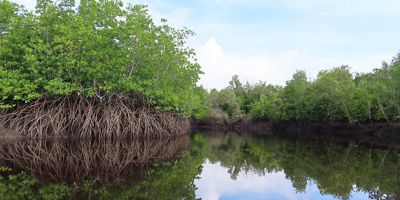
300,000 hectares of mangrove areas are managed sustainably
-
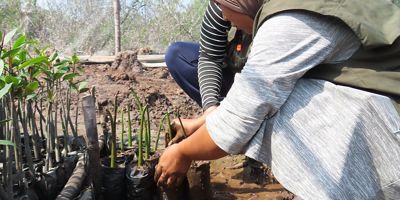
500 hectares of mangroves restored
-
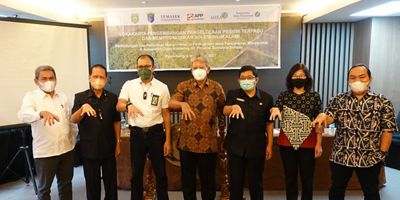
Develop, promote and implement "Nature Based Solutions through Integrated Coastal Management" (social, economic and ecological aspects)
-
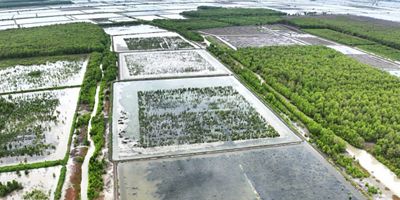
Avoid emission and increase sequestration of 0.4 Million tonCO2/yr through better aquaculture practices and mangrove restoration
| Integrated coastal area management aims to: | Nature-based solutions in the context of climate change can provide a 'triple-win': |
|---|---|
| Reduce the vulnerability of coastal communities | Reduce disaster risks |
| Safeguard natural resources and assets | Support biodiversity conservation |
| Mitigate and adapt to climate change | Enhance the economy and welfare of coastal communities |
MERA Highlight
-
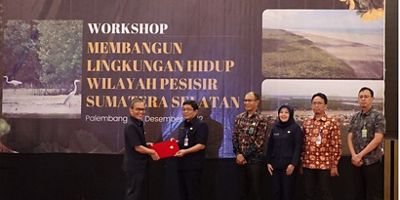
2 KKMD
Facilitated the establishment of Regional Mangrove Taskforce
-
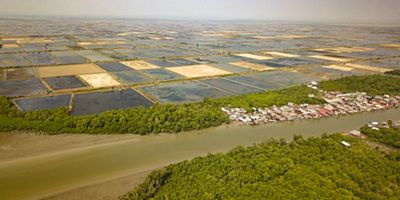
398.779,78 Ha
Preparation of mangrove restoration/management plans
-
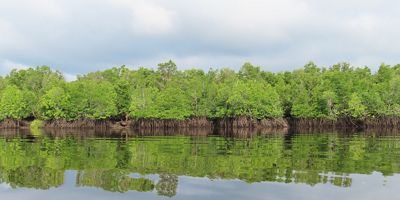
262 ha
Restoration of mangrove ecosystems
-

236,5 ha
Adaptation-based Restoration (SECURE: Shrimp-carbon Aquaculture)
-
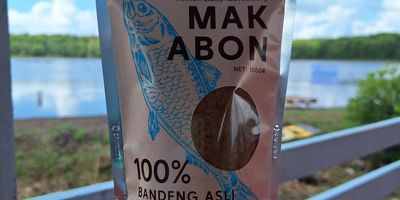
3 Products
Non-timber Mangrove-based
MERA Strategy
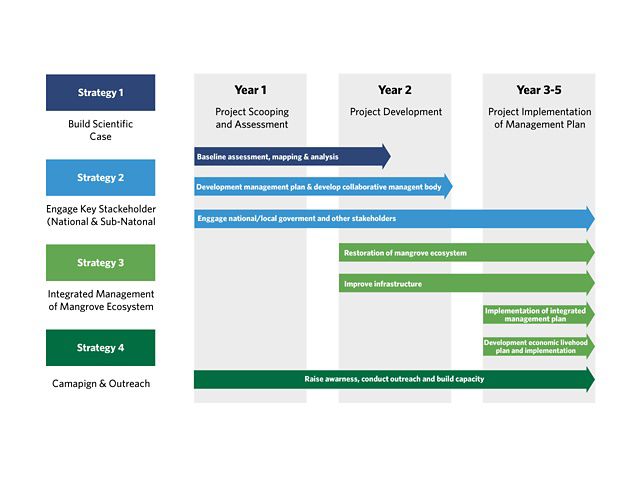
MERA Working Area


